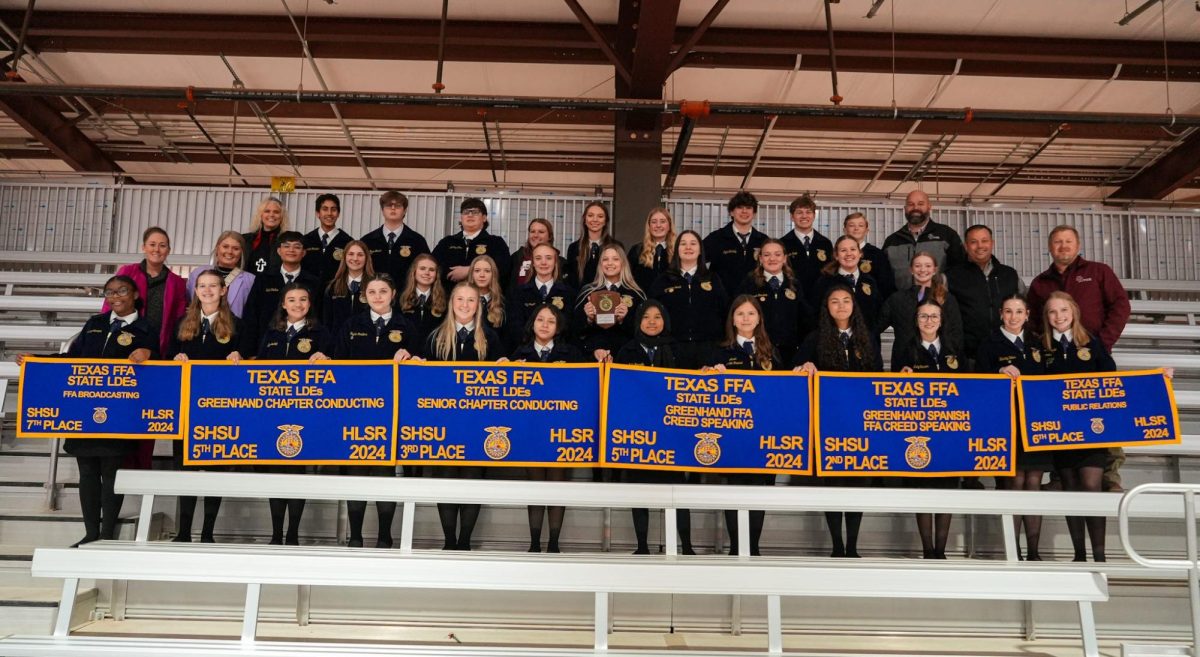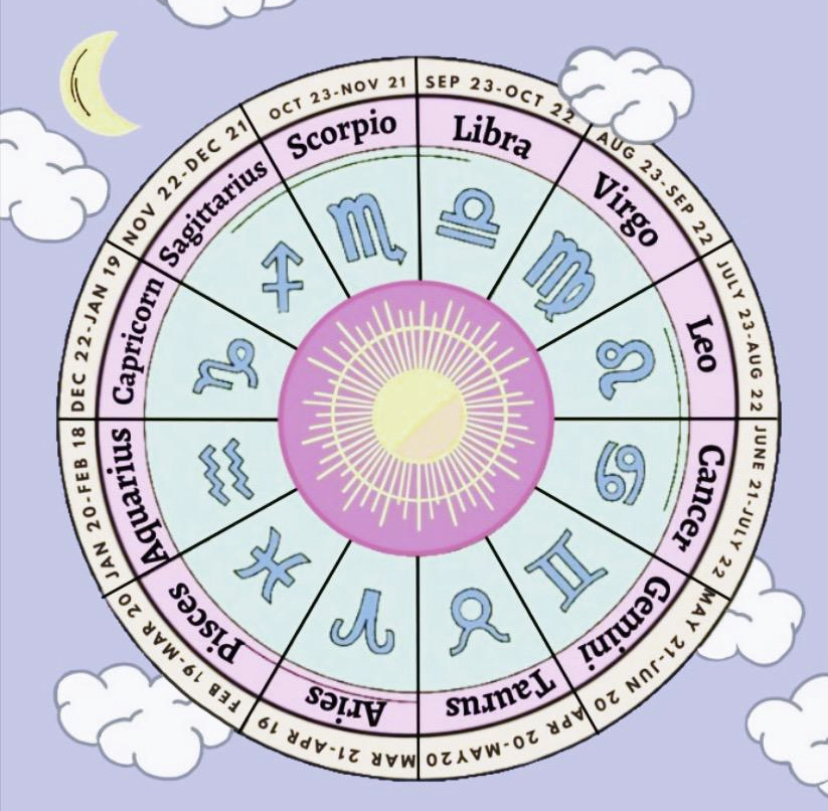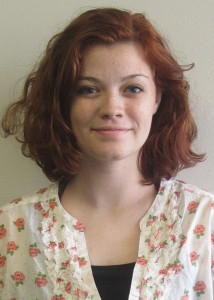On the morning of August 29, teachers unlocked their classrooms as they always have. But on that morning the regular trash cans had disappeared. They were then told to only dispose of recyclables in their classroom and to carry all other trash to the main hall trash cans, all as part of the new single-stream recycling program that Cinco Ranch has been chosen to participate in along with other schools from different districts. Environmental Science Teacher, Aaron Hoefer is one teacher pushing the policy.
“Single-stream is where there is a single receptacle for all recyclables,” Hoefer said. “Glass, plastic, aluminum, metals of all different forms, paper and they all go into the same bucket which makes it easier for the consumer.”
Part of the pilot is to teach teachers and students what to recycle and how recycling can affect the environment. Recycling being a lesson that is not always popular among students and teachers. Sophomore Kourtney Tams has no problem with the policy and recycles voluntarily on her own time.
“The policy isn’t really life-changing for me,” Tams said. “I already recycle every day at home.”
So far there has been some confusion about how to change out bags and where regular trash should be deposited. The new bins have a clear liner which indicates where all recyclables will be disposed. All regular trash cans will still have the black bags inside. Almost everything can be recycled. The only items that cannot are things like Kleenex and anything that is or has some sort of food on it. The cafeterias and the rotunda are some of the areas where regular trash cans are located. To some, this program is a definite change and will take time to adjust. For students who have never really recycled at home, it may be a tough transition to remember check for the triangular recycle logo on all their trash. Librarian Denise Bassham is one teacher who is confronted by the difficulties in telling the difference.
“We have several trashcans,” Bassham said. “And sometimes I forget which ones are for recycling and which ones are for trash, like food.”
For others this is only enforcing what they already do in their daily life. To these people, this is just another way to spread awareness for an issue they already care about.
“We are trying to keep a balance between the proper number of trash cans and the proper number of recycle bins and still be effective in getting kids to use the recycle bins when they have recyclables and be conscious enough to use a trash can when they have trash,” Hoefer said. “And also not put recyclables in trash and not put trash in the recycling bins just because of general laziness.”



